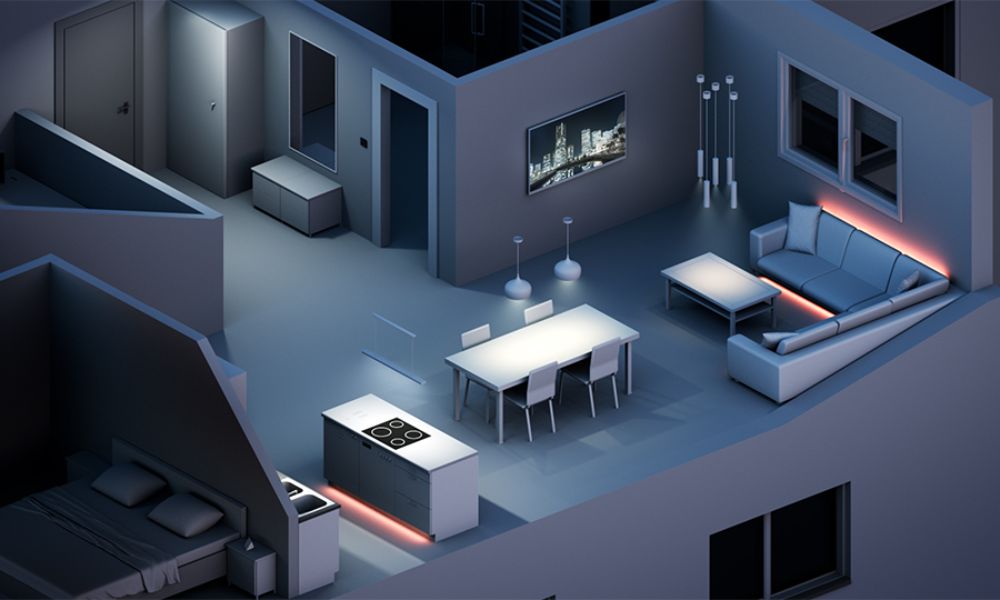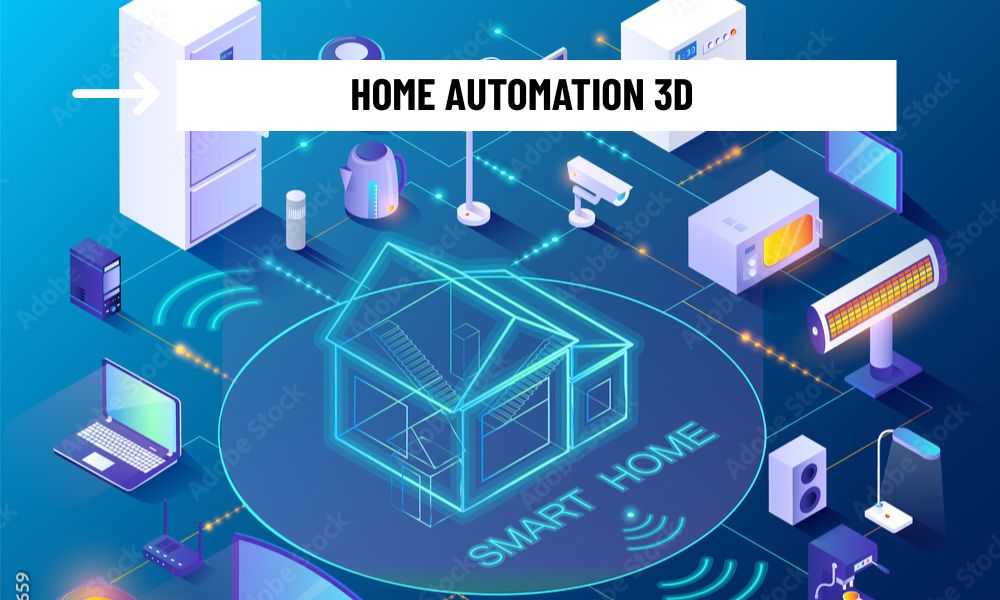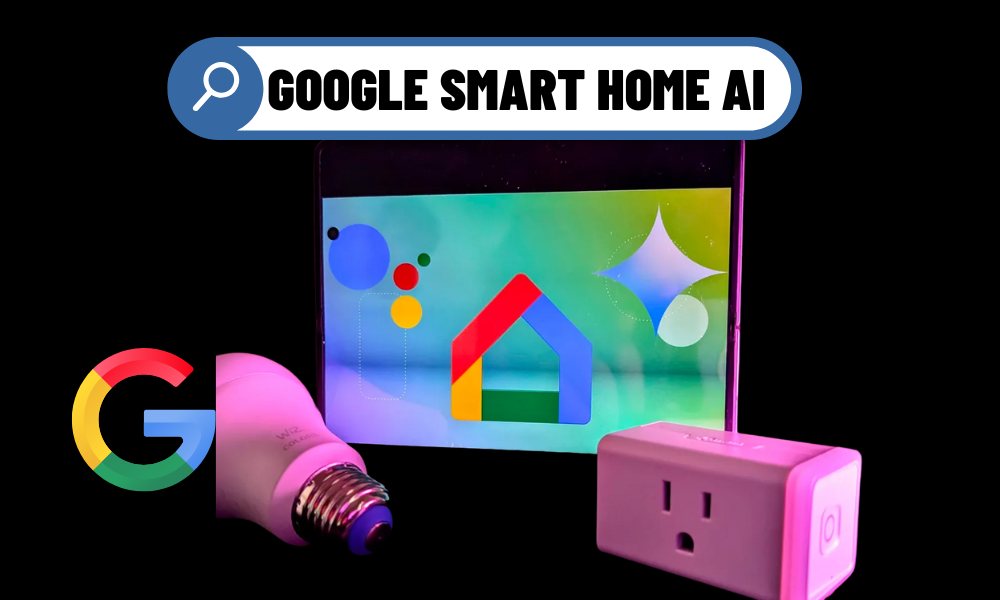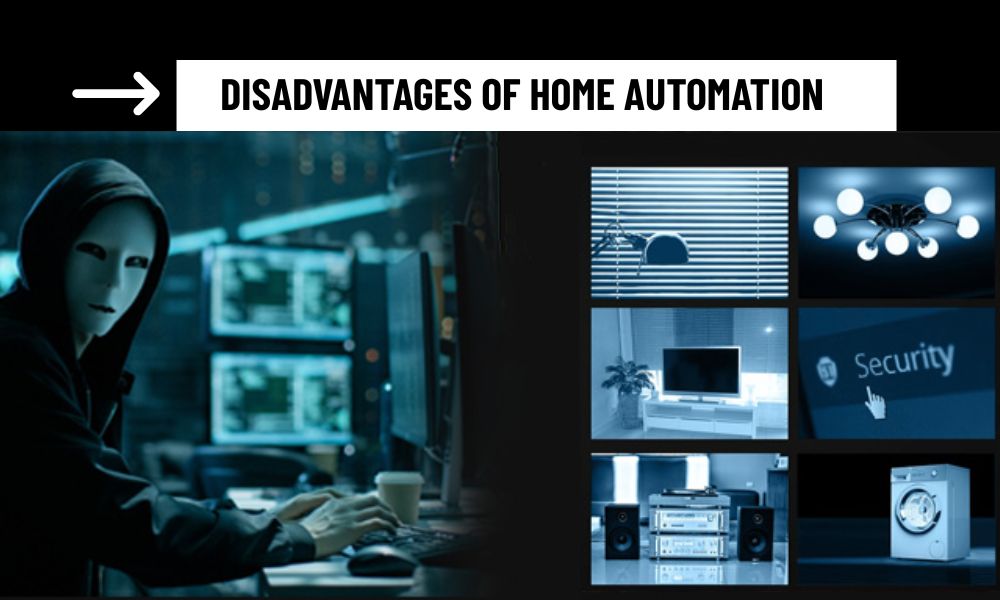As smart homes become more advanced and interconnected, the need for intuitive control and visual insight is growing rapidly. One of the most transformative trends is the integration of home automation 3D—a technology that blends intelligent automation systems with real-time 3D visualizations of your home. This innovation is reshaping how users interact with their environment, making smart living more immersive, manageable, and personalized than ever before.
Contents
What Is Home Automation 3D?
At its core, home automation 3D refers to the use of three-dimensional digital models or virtual environments to monitor, control, and visualize smart home systems. Rather than interacting with lists of devices in a flat interface, users can view and manage their home automation setup in a detailed, realistic 3D model of their actual space.
This approach gives homeowners a digital twin of their physical home—where they can see everything from lighting status and room temperatures to camera feeds and sensor alerts in real time, mapped onto an accurate 3D representation of each room.

Benefits of Home Automation 3D
1. Intuitive Control through Visualization
Traditional smart home apps offer a grid of devices and icons—but that interface can become overwhelming in a large or complex system. With a home automation 3D interface, users can interact directly with a virtual version of their home. Click a lamp to turn it on, tap a window to adjust blinds, or drag the thermostat dial in the virtual living room. This spatial interaction makes controlling your home far more intuitive and user-friendly.
2. Real-Time Monitoring and Feedback
A major strength of home automation 3D is real-time feedback. Want to know which doors are open or what lights are on? Just look at the 3D view of your home. Smart sensors, cameras, and automation data are layered onto the model, giving you an immediate understanding of your home’s status at a glance.
This is particularly helpful in large houses, vacation properties, or remote monitoring scenarios—where switching between flat lists of devices isn’t practical.
3. Better System Planning and Configuration
For installers, architects, and home automation professionals, using 3D models during setup offers enormous advantages. They can simulate device placement, signal coverage, and automation flows within the actual floor plan of the building.
With home automation 3D, they can visualize where sensors or lights should go, test different scenarios, and present clients with a virtual walkthrough before installation even begins.
Use Cases of 3D in Smart Home Systems
Interactive Dashboards: Homeowners can explore an interactive 3D dashboard where every room is clickable, and device status is clearly marked.
VR Smart Home Control: With virtual reality (VR), users can immerse themselves in their smart home environment to control systems using hand gestures or voice inside a 3D interface.
AR Maintenance and Monitoring: Technicians can use augmented reality (AR) to visualize hidden wiring, sensor locations, or automation systems inside walls and ceilings.
Simulation & Automation Testing: Designers can simulate occupancy scenarios, light automation, or security breaches inside a virtual home to refine automations before real-world deployment.

Popular Tools and Technologies in Home Automation 3D
Home Assistant with Floorplan & 3D Panels: Allows advanced users to create 2D/3D interactive dashboards with real-time device status.
Unity/Unreal Engine: Game engines used by some integrators to build immersive home simulations.
Blender, SketchUp + Automation Plugins: Used by designers to build detailed 3D models integrated with home automation APIs.
KNX + BIM (Building Information Modeling): For professional building automation projects, combining smart controls with architectural 3D data.
These tools demonstrate that home automation 3D isn’t just a concept—it’s being actively used across both residential and commercial projects.
The Future of Home Automation with 3D Technology
The future of home automation 3D lies in even deeper integration with artificial intelligence, virtual and augmented reality, and digital twins. Imagine a smart home system where your AI can guide you through a 3D model of your house, explain anomalies, or offer suggestions: “Would you like to close all windows on the second floor before the rain starts?”
Additionally, as metaverse platforms develop, homeowners may eventually manage and automate their homes via immersive virtual environments—blurring the lines between digital and physical control.
Why Home Automation 3D Matters
The combination of automation and visualization is a powerful leap forward in the evolution of smart homes. With home automation 3D, homeowners, technicians, and designers gain a clearer, more interactive understanding of their environments. It transforms control into something visual, dynamic, and engaging.
As smart technology becomes more complex, having a system that simplifies your interaction with it—rather than complicates it—is crucial. That’s why home automation 3D isn’t just a trend. It’s the natural next step toward smarter, more human-centered living.


